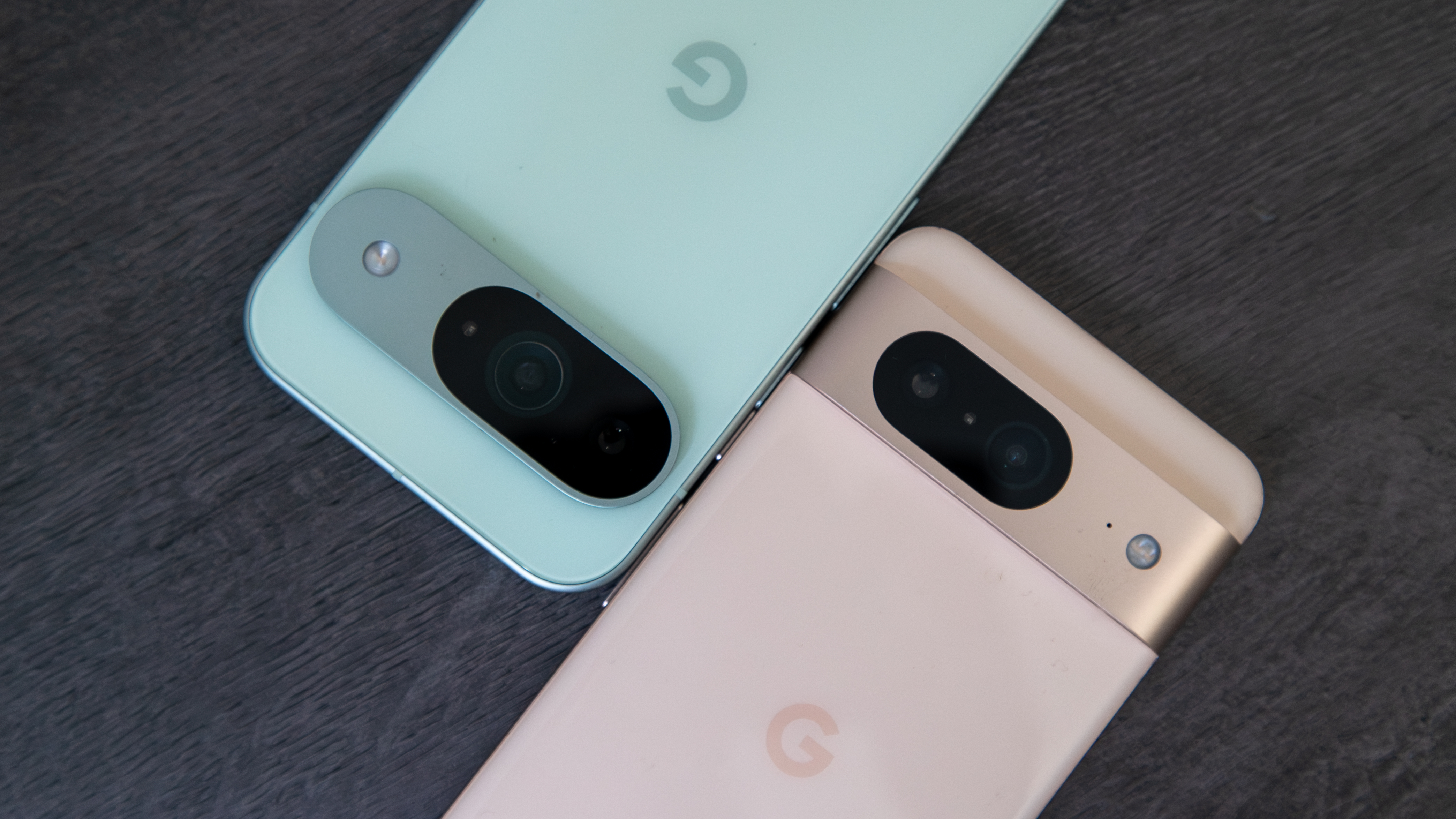
Google's iPhone
The Pixel 9 has considerable upgrades over its predecessor; the OLED panel is slightly bigger and brighter, the device is a smidgen faster, and it has a bigger battery. The all-new cameras take incredible shots in any situation, which Pixels has always excelled at.
You get many new AI-focused features and seven years of updates, and there's 45W charging as well. The design has been overhauled, and the Pixel 9 looks closer than ever to the iPhone 15. Google also decided to use flat sides with this generation.
For
- Brighter OLED panel
- Better internals
- New cameras are even better
- Bigger battery with 45W charging
- Seven years of software updates
- Unique AI-focused software extras
Against
- Bigger and heavier than last year
- Design doesn't look as good
- Costlier
- Android 14 out of the box
Still great
The Pixel 8 is still a great phone, but it has been overshadowed by the Pixel 8a — and now the Pixel 9. That doesn’t mean it is inferior; you get a vibrant 120Hz OLED panel, decent hardware, the same number of software updates, and identical software.
The cameras are brilliant and a big part of the Pixel 8’s allure. I like that the device is smaller than the Pixel 9, and if you currently own one, it would make sense to hold on to it for longer.
For
- Good OLED panel
- Decent hardware
- Great cameras
- Clean software with unique extras
- Seven years of software updates
Against
- Slow charging
- Thermal limitations
Obviously, Google reserves its best features on its Pixel Pro devices, but in recent years, the standard models stood out in their own right. The best part about these devices is that they tend to be much more affordable, making them accessible to a wider audience.
With the Pixel 9, we are getting a new design and considerable AI-assisted software features, so does it make sense to get the latest phone, or save some cash and pick up the Pixel 8 instead? Let's take a look.
Google Pixel 9 vs. Pixel 8: Design
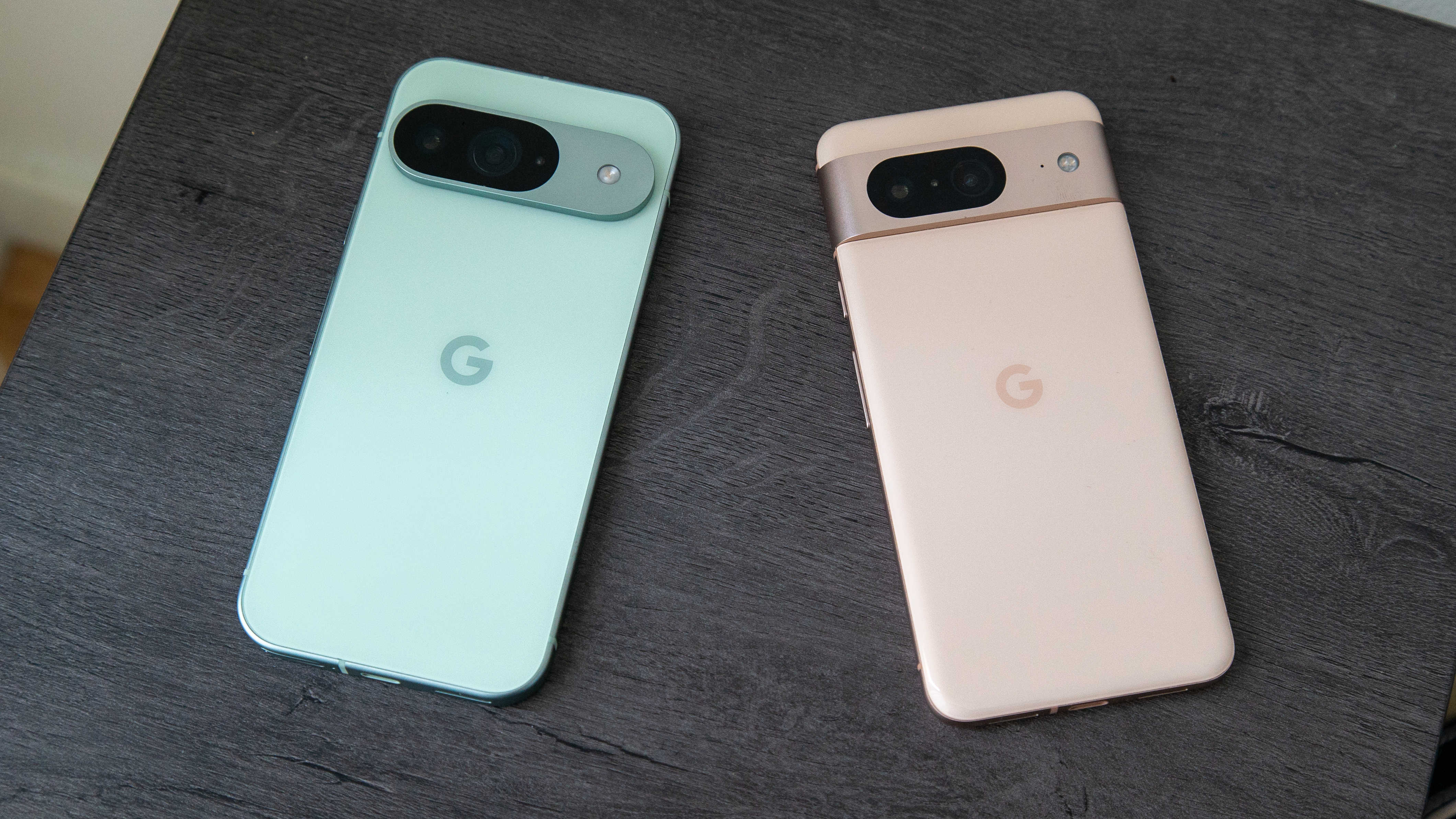
Google has one of the best flagship designs, and the switch to the wide camera housing starting with the Pixel 6 series gave its devices a distinctive look. With the Pixel 9, Google is tweaking the design; there's still a wide camera bar, but it doesn't extend to the sides — you get an elongated housing with the modules to one side.
The design doesn't look elegant, but to Google's credit, it offers color-matched camera housings, so that's a start. The back of the Pixel 9 doesn't look too cluttered as it has two cameras; I can't say the same for the Pixel 9 Pro.
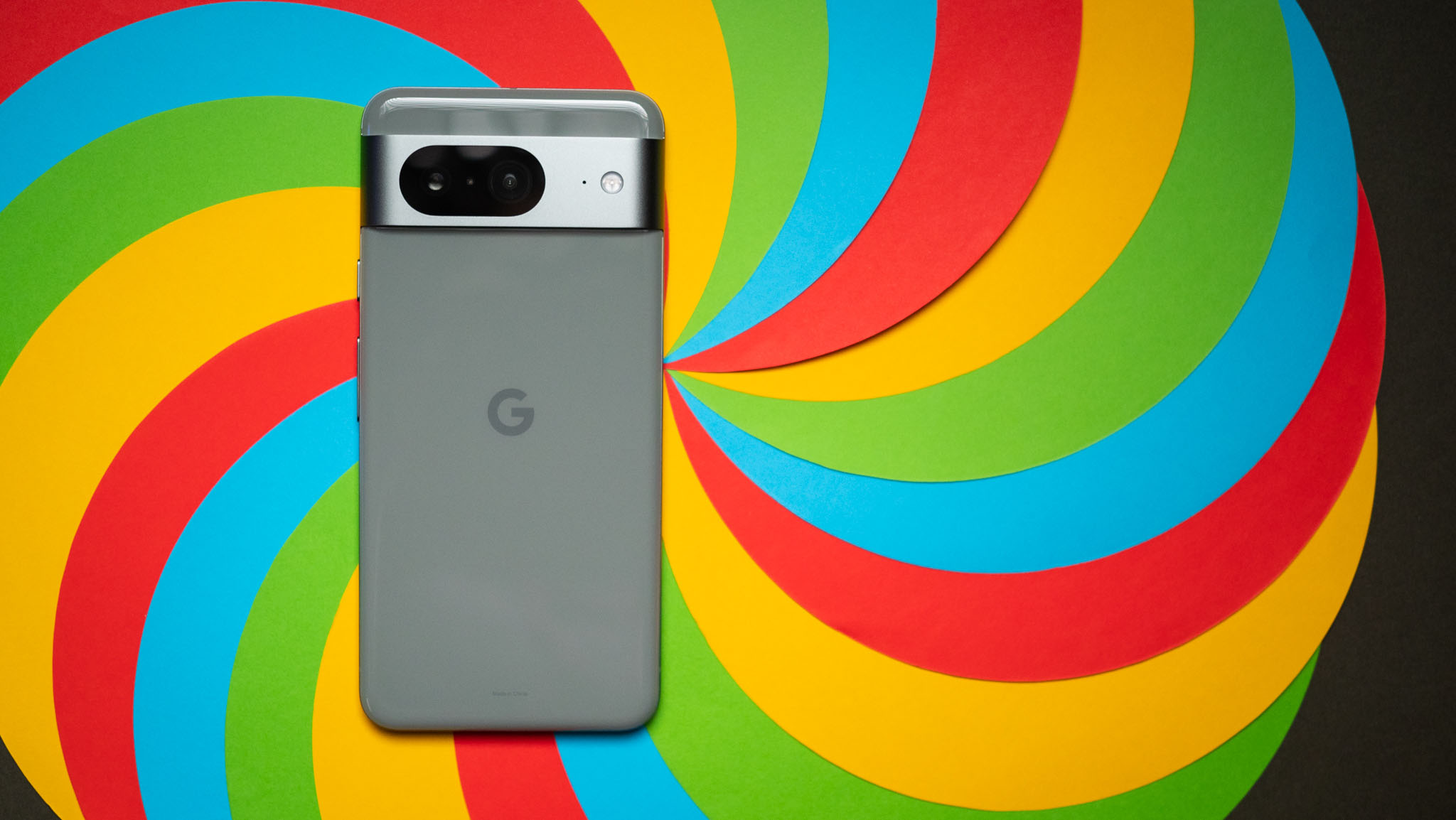
I still prefer the design of the Pixel 8, and the way the camera bar smoothly flows into the mid-frame is gorgeous. Another design change I'm not on board with is the flat sides; I've always liked Pixel phones because of their curvy sides, but like most other manufacturers, Google uses flat sides with the Pixel 9 generation.
Just like the camera design, I don't see the need for Google to change what an established design is. Last year's decision to offer flat panels on both phones while still having a design that curved at the back was the way to go, and with the Pixel 9, it looks like Google is tweaking the design just for the sake of it. It is objectively more difficult to hold and use the Pixel 9 than its predecessor, and you'll need to use the phone with a case.
The Pixel 8 has no shortcomings and is shorter and lighter than the Pixel 9 since the latest Pixel measures 152.8 72 x 8.5mm, and the previous model measures 150.5 70.8 x 8.9mm. Of these two devices, the Pixel 8 gets my vote, and it isn't very pleasant that Google is now making its phones look closer to iPhones. Both models share the same IP68 rating, making them dustproof and waterproof for up to 15 meters for a maximum of 30 minutes.
Google Pixel 9 vs. Pixel 8: Display
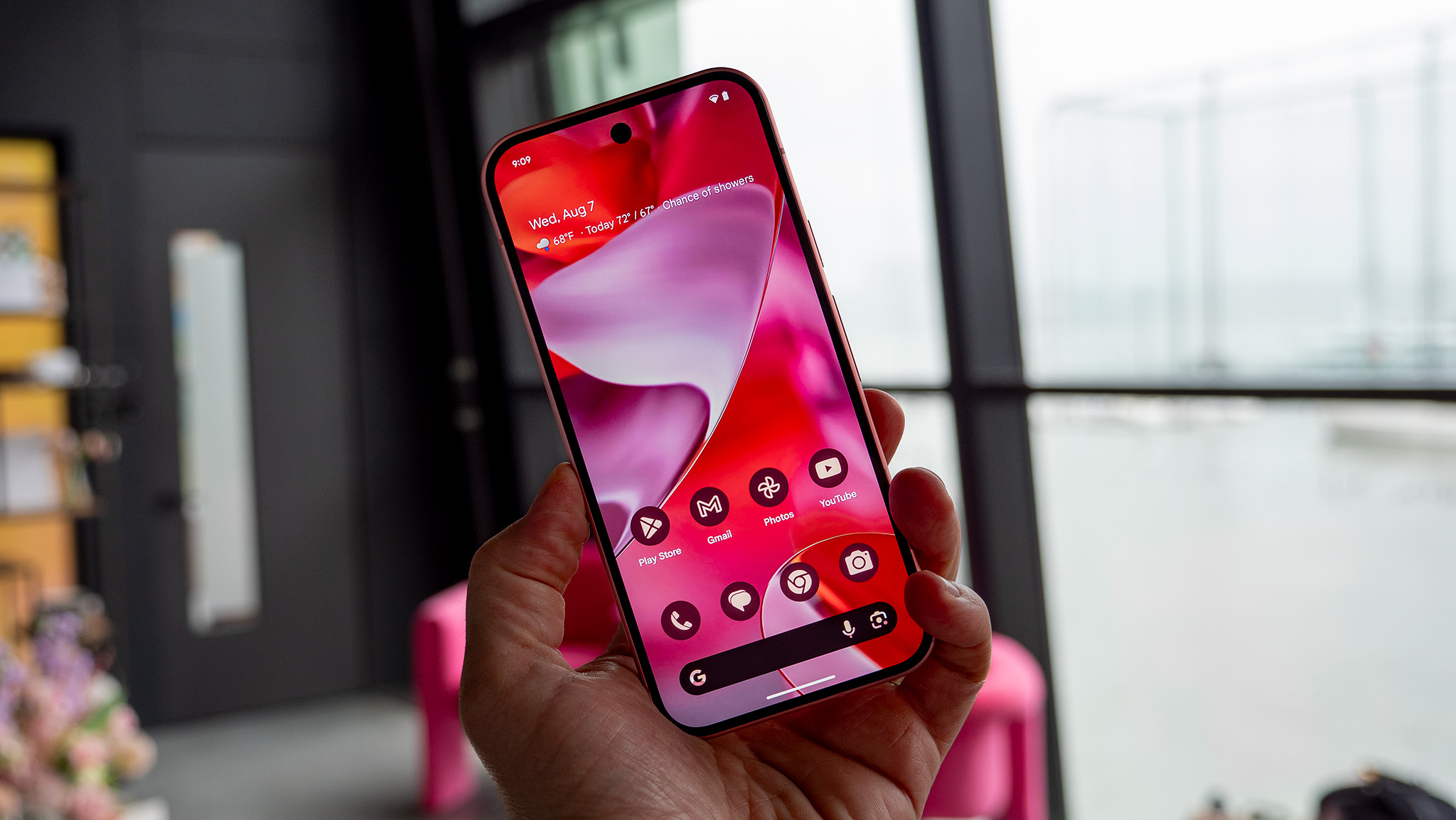
You don't see as many small phones today, but the Pixel 8 is shorter and easier to use than most devices. That's down to its 6.2-inch panel with a 1,080 x 2,400 resolution and a 2,000 nit peak brightness; while it is small, you still get a lot of usable real estate. The 120Hz OLED with HDR10+ panel also has vibrant colors and excellent contrast, and having used it extensively over the last year, I didn't run into any issues whatsoever.
Google is marginally increasing the screen size to 6.3 inches this time around. While that makes the Pixel 9 a little taller and broader, measuring 152.8 x 72 x 8.5mm and weighing 198 grams compared to the Pixel 8's 187 grams, it is still on the smaller end of the scale.
While Google doesn't have the best OLED panels in the business, the Chinese flagships I used this year have been much better, and the brand consistently delivers better screens yearly. The Pixel 9 is brighter and has better colors than its predecessor. The new Pixel also doesn't meet last year's model by having a 422ppi density compared to the Pixel 8's 428ppi.
The Pixel 8 still holds its own in this area, and I never had any issues using the phone in harsh daylight.
Google Pixel 9 vs. Pixel 8: Hardware and cameras
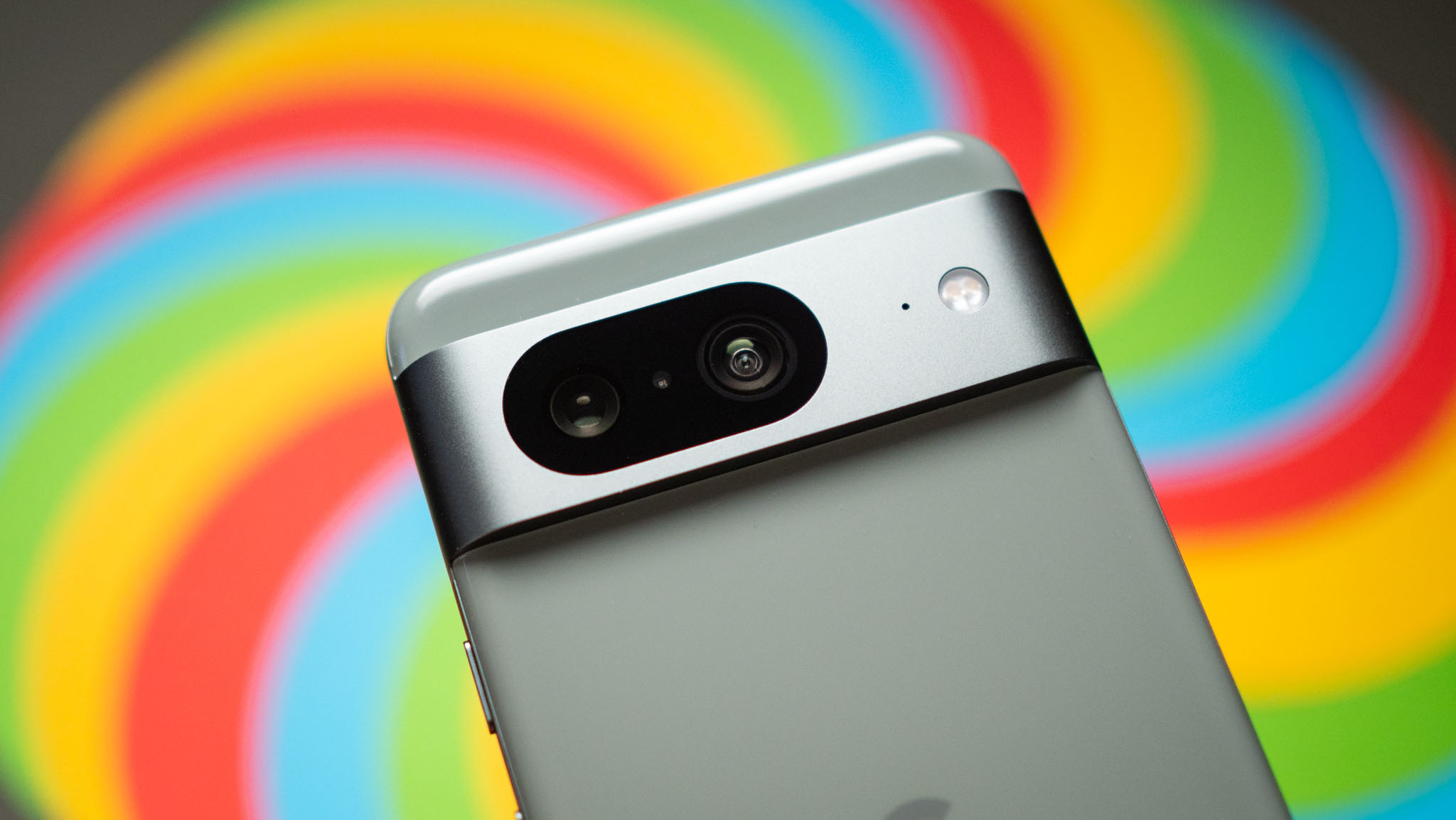
Google isn't the best in hardware, and the brand has different priorities, focusing on its AI engine instead of the latest Arm designs. That means the Tensor G4 on the Pixel 9 isn't as fast as the Snapdragon 8 Elite, and if you want the absolute best hardware, you need to consider something like the OnePlus 13.
The Tensor G4 does enough to ensure you won't see any slowdowns in daily use. I used the Tensor G3 on the Pixel 8 extensively over the last year, and the only problem I ran into was thermal management. Google doesn't use effective means to manage heat on its devices, so when you play a game, the chip tends to throttle sooner than its rivals.
We noticed that the Tensor G4 in the Piixel 9 still throttles, but the thermal headroom has been improved which means it doesn't get as hot, so you can game for longer before any throttling kicks in.
Another issue with Google's devices is that they continue to come with just 128GB of storage; this was a big issue last year, and nothing's changed on the Pixel 9. While every other brand now has 256GB of storage as standard in this category, Google still offers a paltry 128GB variant, which isn't enough.
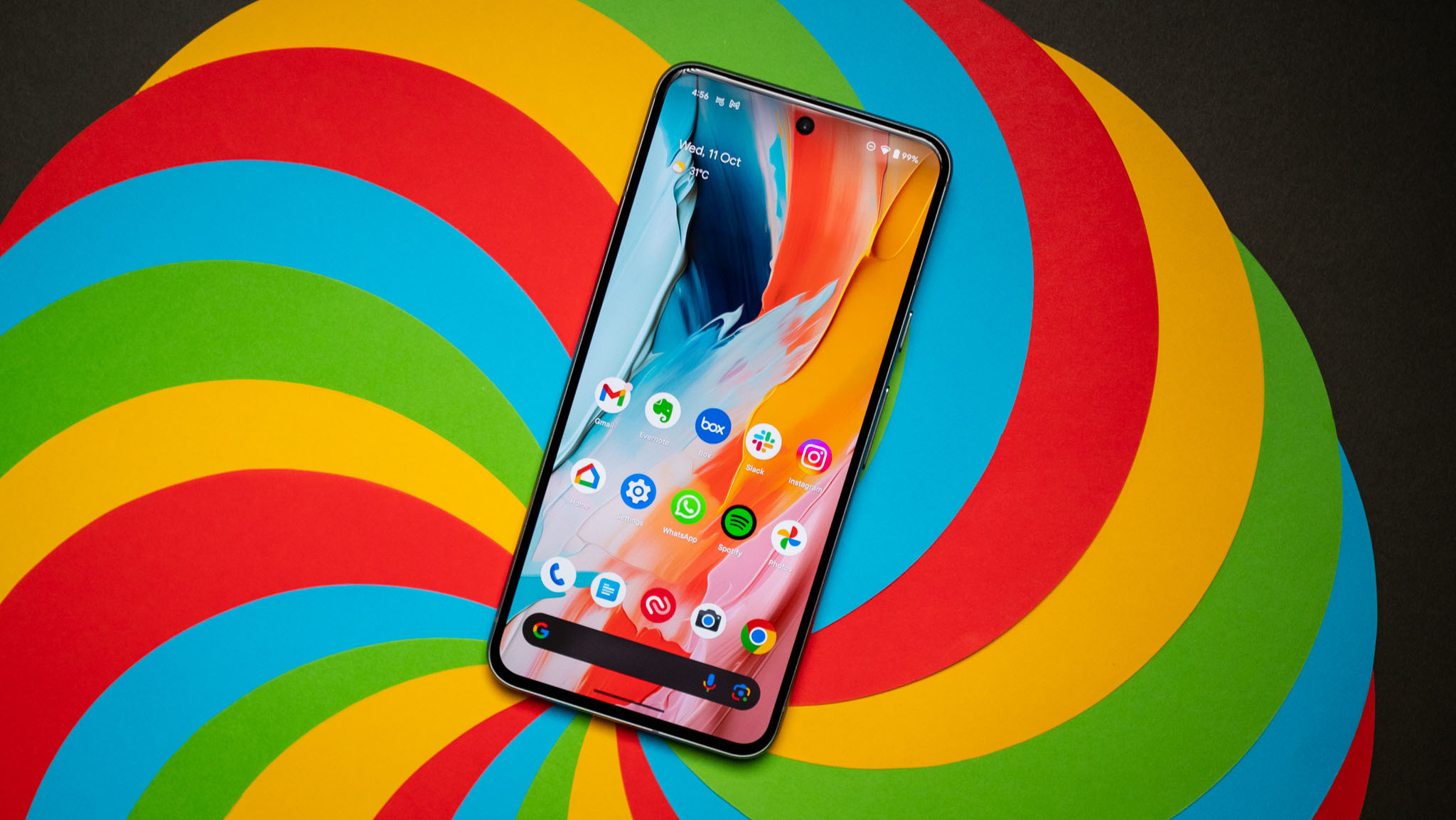
Yes, there is a 256GB model of the Pixel 9, but you'll need to pay an additional $100 to pick that up. Thankfully, Google managed to change one thing this generation: battery life. The Pixel 9 has a bigger battery that lasts longer and now charges at 45W. That is a big deal, and the fact that Google uses the standard USB PD 3.0 standard means you can use any of the best GaN chargers with the device — you'll need to buy one, as you won't find it in the package.
There isn't much to fault with the Pixel 8 in this regard, but the smaller 4,575mAh battery and 45W charging tech give the Pixel 9 an edge with a 4,700mAh battery. On that note, the Pixel 9 also has a new 48MP wide-angle lens at the back, which allows better photos to be taken.
Cameras have always been the biggest reason to buy Pixels in the past, and the Pixel 9 does take slightlly better photos at night but it's a pretty close race in most other categories. This is great news for Pixel 8 owners as they don't need to upgrade to the 9 just for the cameras.
Google Pixel 9 vs. Pixel 8: Software
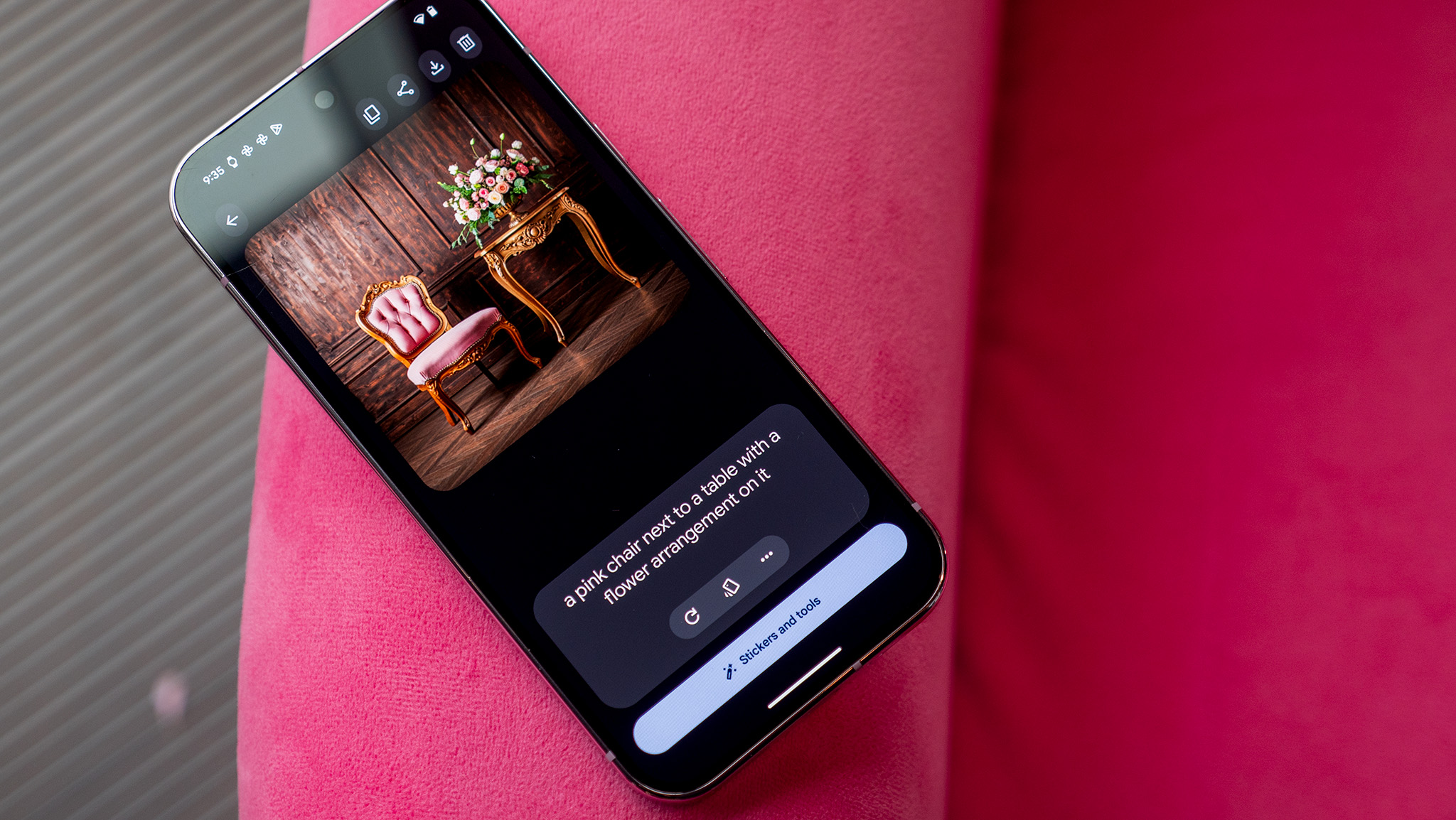
All Pixels up until this point debuted in Q4, which allowed Google to bundle its devices with the latest version of Android. That was true of the Pixel 8 series as well, but because Google moved up the launch window of the Pixel 9 by two months, the phone is debuting with Android 14—the same as its predecessor.
That means the Pixel 9 will get the same number of software updates as the Pixel 8, and there won't be any difference between the two in this regard. Both phones are guaranteed to receive seven years of Android OS and security updates, which is the industry's best.
I think Google will rethink its Android release strategy to better coincide with the Pixel launches starting in 2025, but this time, the Pixel 9 is in an awkward position where it doesn't run a newer version of Android. That said, Google is offering a slate of new features, including Pixel Studio, an on-device image generation engine that's nothing short of astounding.
Google has the best on-device AI feature set of any brand, and it is extending that lead with the Pixel 9. Additions like Pixel Screenshots allow you to take screenshots of any content on the screen, with all of it saved in a single location—and searchable. Magic Editor is now able to reframe photos, and there's a nifty addition called Add Me that lets you add yourself to shots after the fact.
The software itself is clean and uncluttered, and I'm a big fan of Google's design of the interface on its devices. There isn't as much customizability as with other Android skins, but the Material You design is quirky in its own right, and there's a lot to like.
Google Pixel 9 vs. Pixel 8: Which should you buy?
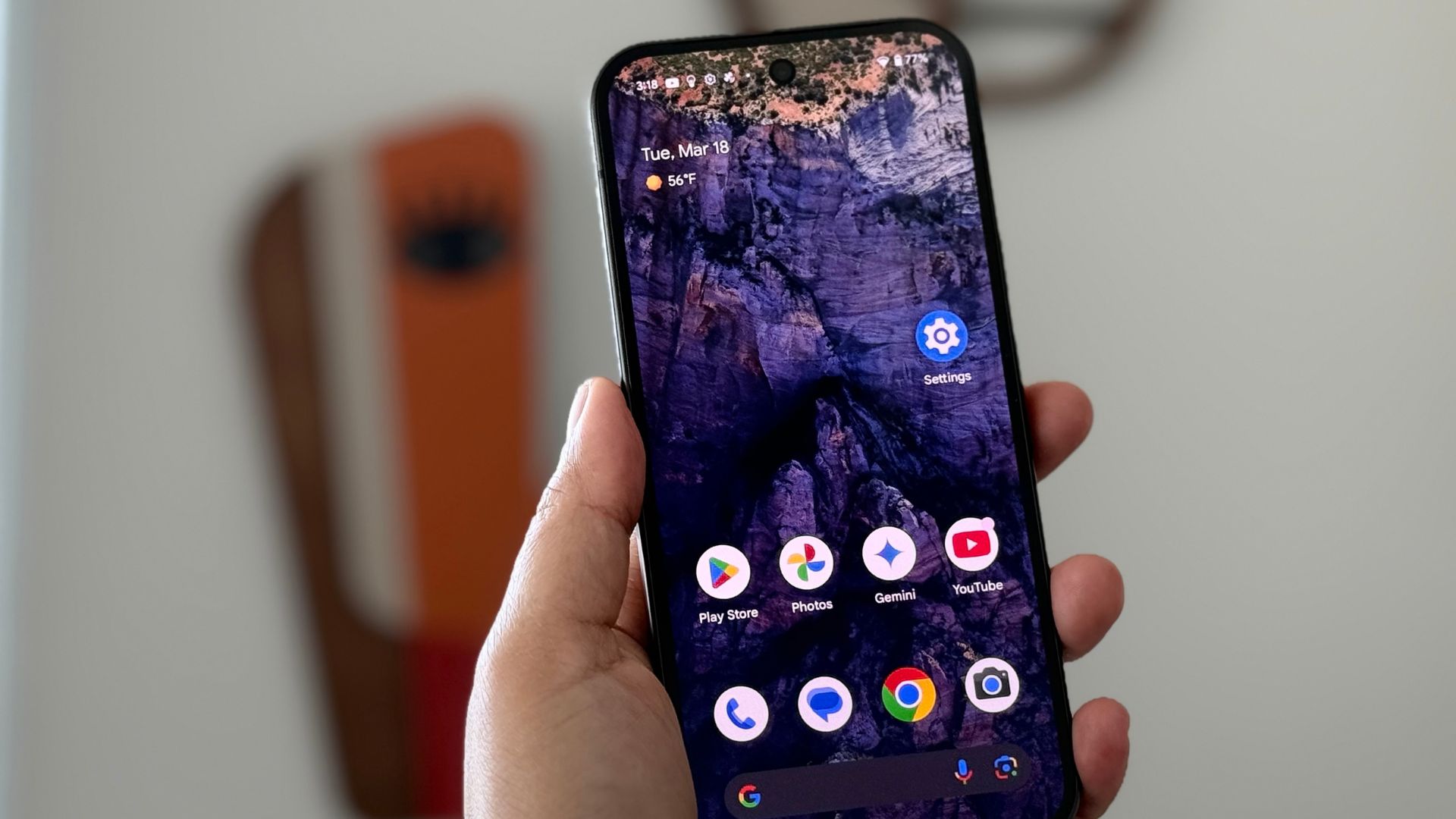
The Pixel 9 starts at $799, but you'll ideally need to get the 256GB model, which will set you back $899. As of writing, the Pixel 8 is available at $699, with the 256GB model at $799. So you're shelling out $100 more to get the latest phone, and there are a few new features that justify the price.
What I like the most is that the Pixel 9 charges at 45W; after limiting its devices to 27W, Google is finally being sensible about charging tech, and that's great to see. The new wide-angle lens at the back should also take better photos, and there's more memory; that may not make a difference right now, but it absolutely will a few years later.
This is how I see it: if you want the latest Google has to offer, get the Pixel 9. The phone does enough to warrant a recommendation. If you want to save money without compromising too much on features, get the Pixel 9a once it's out. It will deliver better battery life than the 9, and has virtually the same display, processor, and AI features.
If you already have a Pixel 8, it's worth holding on for a few more generations as most won't see a massive difference trading up to the Pixel 9. Initially, we had suggested you pick up the Pixel 8 if it dropped to around $500 but with the Pixel 9a starting at $499, I would recommend that instead.
Google's iPhone
The Pixel 9 has a new design, bigger battery, brighter OLED panel, and better cameras at the back. These are all meaningful changes, and if you want Google's latest AI features and 45W charging, you should get the phone.
Still great
I still like the Pixel 8 quite a bit, and it has aged well — in spite of the introduction of the Pixel 8a. With the Pixel 9a now starting at $499, the Pixel 8 is not really worth buying brand new even if the price crashes.







